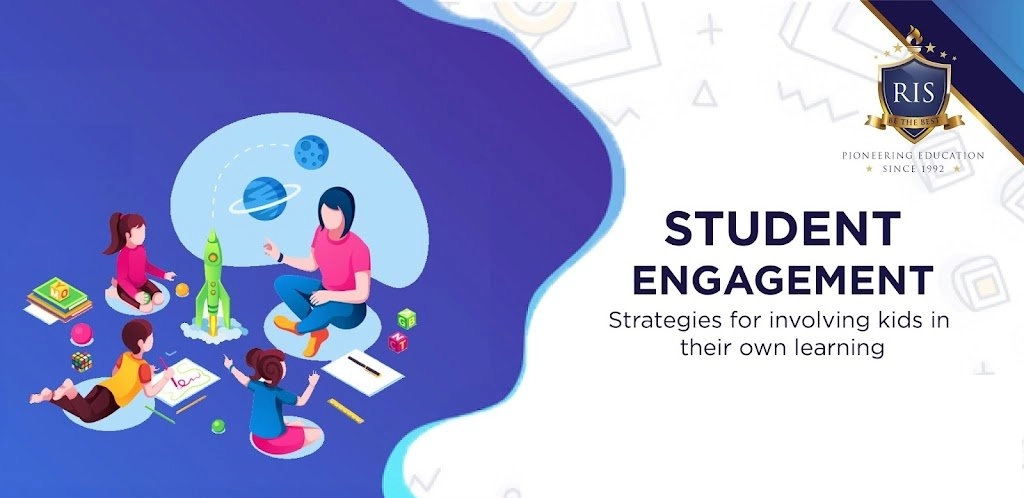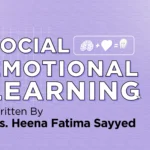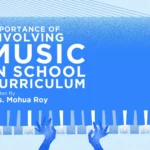When we think of student engagement in learning activities, it is often convenient to understand engagement with an activity as being represented by good behavior i.e. (behavioral engagement), positive feelings (i.e. emotional engagement), and, above all, student thinking (i.e., cognitive engagement). This is because learners may be behaviourally or emotionally invested in a given activity without actually exerting the necessary mental effort to understand and master the knowledge, craft, or skill that the activity promotes.
In light of this, considering the following interrelated elements when designing and implementing learning activities may help increase student engagement behaviorally, emotionally, and cognitively, thereby positively affecting student learning and achievement.
Connect what you’re teaching to real life
One key way to involve learners in their learning is to make sure the material speaks to them. Choose culturally relevant materials. Have learners complete a short survey on their outside interests and use that information to assist in building the lesson plans. This will help learners see the connections between what they’re learning inside and outside the classroom.
Use specific everyday examples. An easy way to help learners feel personally connected to what they’re being taught is to talk about how they can apply the material in real life.
Link routines to learning. You can also promote learning through classroom routines. For instance, a child learning to wash hands during bathroom breaks can also be taught science concepts (body parts, hygiene and disease prevention, water conservation), reading (bathroom signage), antonyms (hot/cold, left/right), and math (counting).
Use learners’ interests and fascinations
Find out what learners are passionate about and then use those interests as natural motivators to increase engagement. Whether a child is fixated on one thing or has a few areas of intense interest, there are many simple strategies we can use to work those fascinations into our instruction. The result will be – happier, more motivated learners.
Literacy. Allow a child to integrate their most-loved characters and possessions into the classroom reading time. One learner is able to participate in the reading circle when his turn came once he was allowed to speak through a favorite puppet.
History. Find creative ways to adapt standards-based content to the fun things our learners are excited about. For example, one history teacher explained the U.S. role in the UN and its relationship to other nations by drawing an analogy with Super Friends characters.
Math. If we’re working on a math lesson, consider asking a learner to write a problem, diagram, or pattern that relates to her particular area of interest. Sometimes, the best way to combine academic material with a learner’s interests may not be immediately evident–but our learners may see connections that we don’t!
Give students choices
Engagement increases whenever learners are empowered to make their own choices about how they learn. Here are a few suggestions:
Group students. Breaking the class up in groups increases the likelihood that everyone will contribute to class discussion and problem-solving. Poll the learners about their working preference, or experiment with breaking them up in different ways. Divide the class in half, group students in small teams of three or four, or put them in pairs.
Allow them to set the pace. Let our learners choose their own starting point on an assignment, and they’ll stay comfortable and challenged. For example, try giving our learners tiered math problems, with increasing levels of difficulty. From least to most sophisticated, the tiers could be: determine the surface area of a cube; determine the surface area of a rectangular prism; determine the amount of wrapping paper needed to cover a rectangular box; determine how many cans of paint you’ll need to buy to paint a house with given dimensions. Once learners choose a starting point, the educator can guide them through increasing levels of mastery.
Try homework menus. Instead of having all of our learners complete the same homework assignment, why not offer a menu of options that tie in with our lesson plan? A little variety and choice go a long way toward relieving the sense of drudgery some learners experience when completing their homework. Take a look at this math menu for an example of how to give learners a choice of homework problems to complete.
Hook their interest with fun transitions
All learners are more engaged when they enjoy classroom life, laugh, and connect with peers.” Transitions between activities can be the perfect time to infuse more joy and fun into your daily routine–and get our learners energized and excited to learn.
Teach students self-monitoring skills
An advanced way of involving children so they stay engaged in their learning is to help them develop greater self-regulation skills. Children sometimes struggle with self-awareness, so they may not even realize when they’re straying off task or acting in disruptive ways. When children are taught to regulate their behavior and work independently, they develop habits to help them succeed and you are freed to operate more flexibly in the classroom.
Self-monitoring of attention (SMA). Instruct learners to evaluate whether or not they’ve been paying attention at random intervals throughout the school day
Self-monitoring of performance. Learners log on a chart or graph whether they’ve been able to complete a pre-defined problem or task. Viewing an explicit graphical representation of their performance can have a highly motivating effect on students.
When we make a concerted effort to engage learners in their learning, they’ll be better able to maintain focus, sustain positive behavior, and grasp and retain the material we’re working so hard to deliver–a positive outcome for everybody!











